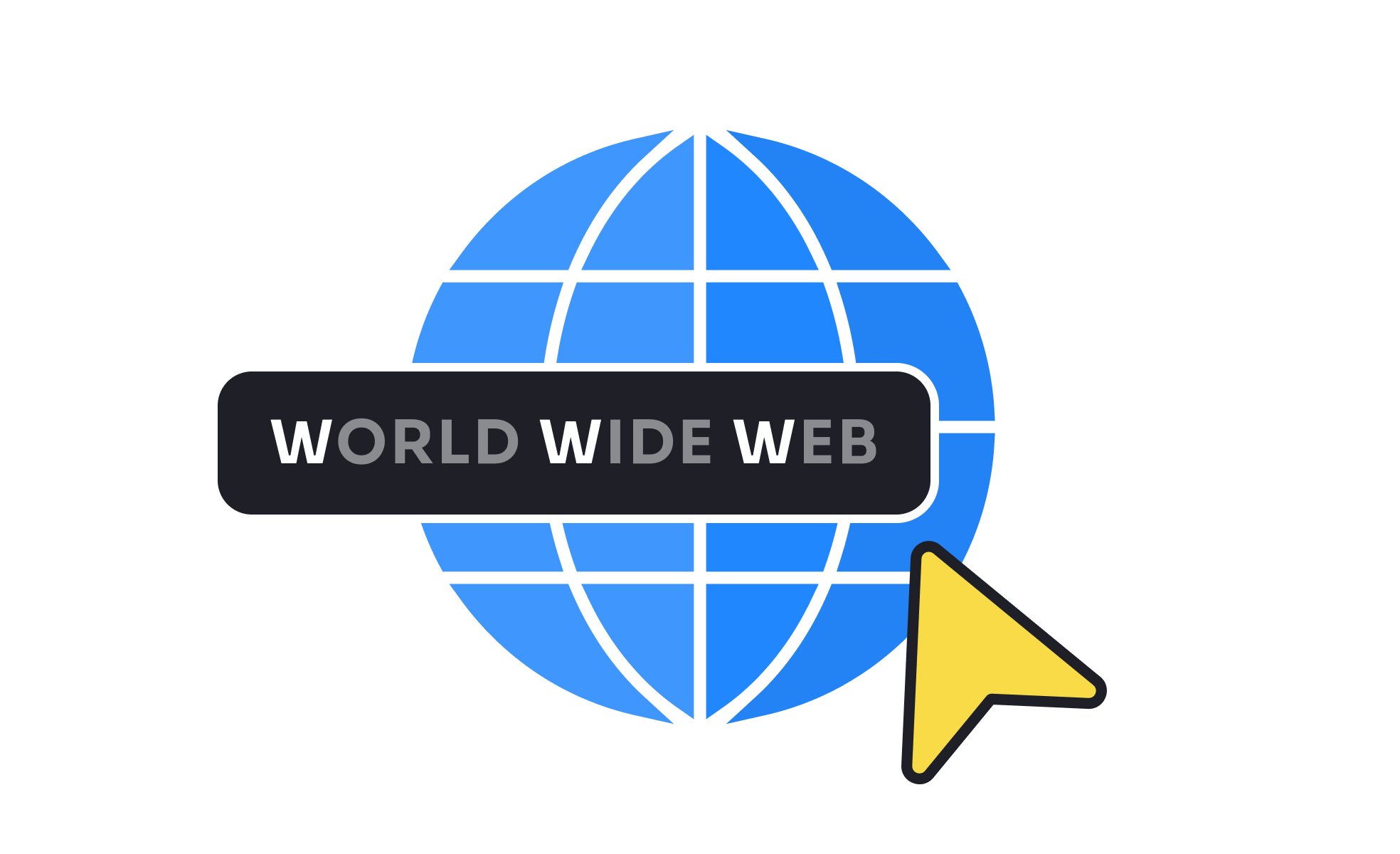World Wide Web
The World Wide Web is a system of interconnected documents and resources accessed via the internet through web browsers, enabling global information sharing.

TL;DR
- System of linked documents and resources.
- Accessed using web browsers through the internet.
- Uses hyperlinks and URLs for navigation.
- Foundation of modern digital communication.
Definition
The World Wide Web is a global system of information where users access and interact with documents, media, and applications through web browsers using standard protocols.
Detailed Overview
The World Wide Web, often called the Web, is the platform that makes information sharing possible across the globe. It is built on the internet’s infrastructure, but it is not the same as the internet. While the internet is the network of cables, servers, and protocols that connect computers, the Web is the collection of sites, applications, and content accessible through browsers like Chrome, Firefox, or Safari.
A frequent question is how the Web works. It relies on three fundamental technologies: Hypertext Transfer Protocol (HTTP), Hypertext Markup Language (HTML), and Uniform Resource Locators (URLs). Together, they allow browsers to request content from servers and present it in a structured, navigable way. Links connect documents to one another, creating a vast network of resources.
Another common query is how the Web has evolved. Originally, it was a read-only platform where users consumed static pages. Over time, it developed into a dynamic, interactive medium with e-commerce, social media, and web applications. This evolution is often described in stages: Web 1.0 (static), Web 2.0 (interactive and social), and discussions around Web 3.0 (decentralized and data-driven).
Teams often ask how the Web impacts design and product development. For designers, the Web provides a canvas where visual design, interaction, and accessibility converge. For product managers, it creates opportunities for reaching global audiences and gathering user insights. A product’s presence on the Web must balance usability, performance, and inclusivity to be successful.
Accessibility plays a central role on the Web. Standards such as the Web Content Accessibility Guidelines (WCAG) ensure that content can be accessed by people with diverse abilities. Without accessible design, significant portions of the population are excluded from the digital world. The Web’s potential for inclusivity makes accessibility not just a recommendation but a responsibility.
Finally, the Web remains the foundation for innovation in digital products. From web-based productivity tools to online education platforms, it has created an environment where businesses, creators, and users connect instantly. Its openness and scalability continue to drive both opportunities and challenges, making it central to digital life.
The internet is the global network of connected devices and infrastructure, while the Web is a layer built on top of it that organizes and displays content.
In short, the Internet is the highway, and the Web is the traffic running on it.
The Web relies on HTTP for communication, HTML for content structure, and URLs for locating resources. These technologies work together to create a navigable system.
Without them, the global linking of documents would not be possible.
It began as a static document system (Web 1.0), became interactive with user-generated content (Web 2.0), and is now shifting toward decentralized and data-driven concepts (often called Web 3.0).
Each stage reflects changes in technology and user expectations.
Accessibility ensures people with diverse abilities can use websites and applications. Standards like WCAG provide guidelines for inclusive design.
Accessible products reach more people and support ethical digital practices.
It provides a platform where design, usability, and performance converge. Teams must consider accessibility, responsiveness, and clarity to create effective experiences.
For product managers, the Web enables global reach and constant feedback.
Recommended resources
Courses

UX Design Foundations

Design Terminology

Common Design Patterns
Assessments

HTML

CSS

Webflow
Projects

Bento Grid - SaaS Website Design

Banking SaaS website landing page💸.







